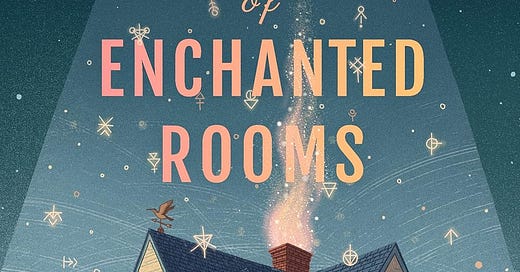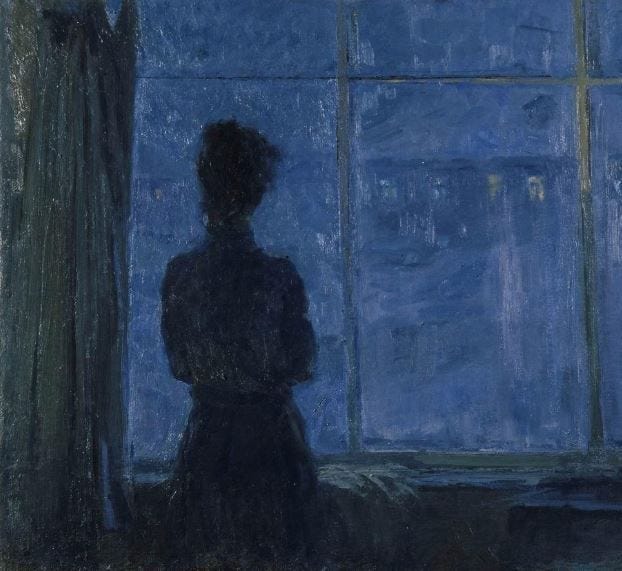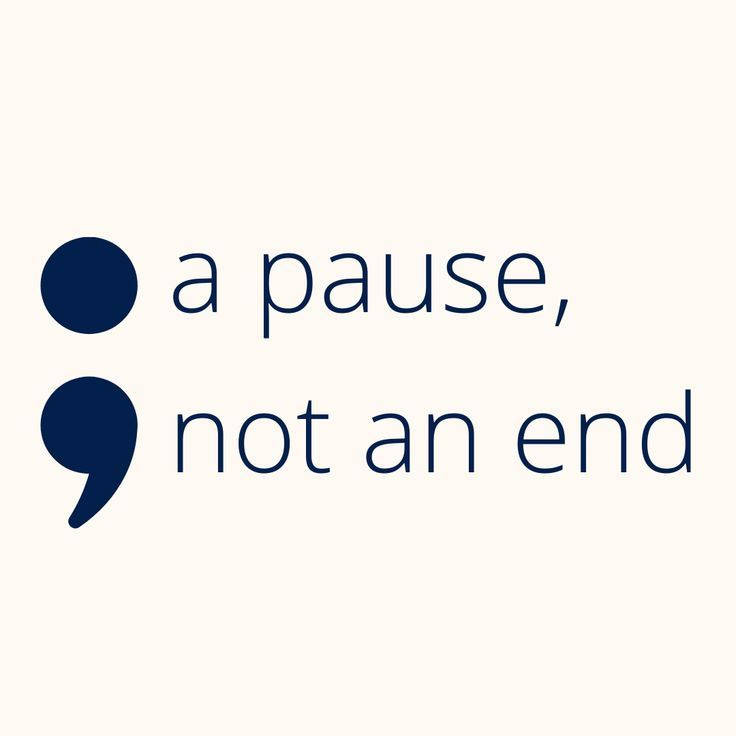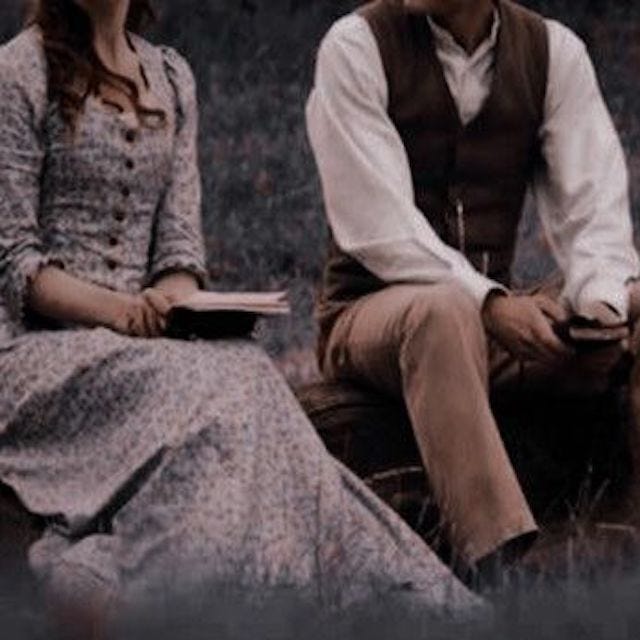“Beauty is just like a book. Some will not bother to look beyond the cover; others will find the entire tome utterly captivating.”
**Spoiler Alert. I do my best to avoid as many spoilers as possible, but some are briefly mentioned, so consider skipping if you dislike spoilers. Affiliate links are also included in this review**
hello, bookaholics ✨
greetings from my local Virginian abbey in the Blue Hills— Holy Cross Abbey. It is a Trappist monastery located along the Shenandoah River in Shenandoah Valley, a piece of property with expansive historical ties to indigenous tribes, George Washington, and the Civil War. I’d recommend a brief read about the history of the property, and maybe consider a visit if you are in the NOVA region. It is quite beautiful here, and you can certainly feel the history of the land seeping through.
But, enough on this beautiful property and community of monks! I already have a piece in the works, so keep your eyes open for it!
as I sit here writing this review, I believe I might have a new theme obsession — magical realism, historical fiction, romance, or some combination thereof!
if you were to scroll through my recent Goodreads Challenges, you might find several books with some of the above elements; the last several novels I’ve at least begun fall in a minimum of two categories of genres.
In keeping with this theme, Keeper of Enchanted Rooms by Charles Holmburg is the first novel in a series of magical realism books that have all the romance and historical elements one could desire.
Set on the East Coast, the story follows isolated writer and journalist Merritt Fernsby, who unexpectedly inherits an old remote family home in Narragansett Bay—Whimbrel House. Ready to call it home, he arrives to find out the walls are sentient and the doors self-lock, leaving him a prisoner and tormented by ghostly ‘pranks.’
Hulda Larkin of the Boston Institute for the Keeping of Enchanted Rooms (BIKER) comes to his rescue. Her professional career is built on taming and managing magical homes to ensure their historical preservation. Much to his chagrin, she convinces Merritt that she must move in to ensure the house’s survival—and that of his sanity.
Yet, muddy ceilings and shifting rooms are not their only concern — and it may prove more life-threatening than what clangs in the walls of Whimbrel House.
Oh man, oh man. Where do I even begin with this novel?
I was skeptical when I first got this book as it is included with my Kindle Unlimited subscription. Now, I haven’t borrowed a book that I would consider ‘poor’, but, my brain associates the subscription with poor writing and character development. Why else would it be included in a 15-dollar monthly subscription? It has got to be BAD, right?
Or so I stupidly thought.
Each book I have borrowed has been deliciously excellent — The Housemaid which I reviewed only a little while ago. The point is that every book I have borrowed on Kindle has exceeded my expectations.
While I am sure you might want to hear more about the Kindle Unlimited subscription, I will save that for another time! Today, we want to talk about Keeper of Enchanted Rooms — a romance novel that has given me much to chew on.
Loneliness & Healing
“I’ve been lonely for a long time. Sure, I’ve had friends, colleagues, so I’m not isolated. But I still feel it. It’s the deep, lasting kind of loneliness. The hollow kind that settles in your bones.”
While a magical realism novel with romance, one of the biggest themes is the loneliness and isolation that Merritt experiences. The novel is set long after he is estranged from his family and ex-fiancee, yet the reader can feel the painful twinges of loneliness such distance creates in Merritt.
The author, Holmburg, does an excellent job of underscoring how loneliness is equally a male and female issue by subtly describing Merritt's isolation. The “show, don’t tell, the reader” advice describes perfectly how Holmburg walks the reader through the abandonment and subsequent fellowship with Hulda and the household staff that Merritt experiences.
As the novel is shaped by Merritt and Hulda’s perspectives, the reader experiences not strictly the isolation of one romantic interest, but of both; in doing so, the novel underscores how they are finding companionship in the small household community at Whimbrel House.
Colleagues and ‘friends’ cannot buffer against the loneliness that hollows out one’s bones. As Merritt so beautifully notes, such loneliness occurs when one fails to have deep, lasting relationships with other people. Surface-level, need-based relationships (e.g., colleagues) cannot provide meaningful social interactions that would protect against the human tendency toward loneliness and depression.
In finding community, Merritt and Hulda grant each other the space to settle into themselves — to be unfiltered, make mistakes, and perhaps fall in love. It is this space that gets filled with meaning and value; living in a rooted community with others provides a profound purpose to one’s life that will help buffer against loneliness, depression, and even suicidality.
a brief interlude on suicide prevention
“The question I always pose is, “How can you honor this person’s memory?” Your loved one should be remembered by how they lived, not by how they died.”
Dr. David A. Jobes
Since beginning research in The Suicide Prevention Lab (SPL) at Catholic, I have become aware of how prevalent loneliness and suicide are among men, as well as how much it has increased in recent years — a fact that is grossly overlooked in the media. Recent surveys have noted that while both men and women suffer from an epidemic of loneliness, the decline has been significantly steeper for men. Furthermore, the statistics show that in 2022, men died by suicide 3.85 more times than women, as well as white males accounted for approximately 68% of suicide deaths.
I share all of these statistics because I think one could easily ignore the loneliness Merritt experiences, as not only is male isolation overlooked in our media. At the risk of sounding insensitive, the media often will cover the statistics about women, minorities, and the LGBTIA+ communities, leaving out the group with the highest statistics — white men.
The outreach conducted for suicide prevention could be more comprehensive and targeted in how it is conducted; similarly, prevention research should also adequately investigate populations affected by suicidality.
Of course, this topic is incredibly more nuanced than I am proposing here. We should be talking about prevention and support for all individuals and in all communities. All life is precious and sacred. As such, no one should be left on the fringes when it comes to suicide prevention.
community & romance as a buffer
“Melancholy things always made for great fiction. The coddled and content seldom told good stories.”
With that being said, I think Keeper of Enchanted Rooms is a primer on how community and meaningful relationships serve as a buffer against loneliness and suicidality. It must be noted that none of the characters in the novel are described as dealing with suicidal thoughts. However, loneliness and disconnection often do prelude suicidality even if not always the primary cause; such is seen in each character in the novel, down to Merritt’s ancestor who is ‘haunting’ Whimbrel House.
Each character experiences a deep-seated melancholy that becomes uprooted through the accidental community brought together to preserve the historical and magical nature of the home.
And they are the most unexpected of communities — a ghost aged 12, a journalist, an immigrant cook, a young maid, and a spinsterly housekeeper (not incredibly diverse, but this is also 1800s America; brownie points for historical accuracy). Not what you might consider a traditional home, or family, but certainly a connected and happy one.
Such rootedness in a place and with people certainly acts as a positive buffer against loneliness and depression. Holmburg does an excellent job of demonstrating how this new-found community alleviates the social alienation the characters each unique experience.
In addition, the fulfilling community, with all its imperfections and qualms, provides fertile ground for the romance to blossom between Merritt and Hulda, much to their surprise.
As someone who is a hardcore romantic, I am wonderfully pleased with how their relationship is the definition of the slow burn. In maintaining the historical accuracy of the novel, Holmburg expertly develops their relationship in a way that reveals their human foibles and desires respectfully and naturally. Merritt falls for Hulda yet maintains a high regard for her, a trait hard to find in many ‘modern’ romances. Hulda returns his feelings and grows in her self-regard without needing to put down others.
Such wholesome romance, coupled with meaningful community, brings me hope that we can rediscover methods to encounter each other in our tech-filled isolated era. Holmburg, wittingly or not, offers a text that reminds us of the necessity for meaningful human connection and relationships; what else can offer such deep, fulfilling love?
In conclusion, Keeper of Enchanted Rooms is an example of rich meaning hidden beneath a book cover. This book is more than just a captivating historical romance with magical elements—it's a soft but heartfelt exploration of loneliness, relational healing, and the transformative power of community. Holmburg's ability to weave meaningful relationships and a slow-burn romance into the fabric of a whimsical yet grounded story nudges us to remember that human connection is the greatest antidote to isolation and melancholy.
Much like the walls of Whimbrel House finding harmony through Hulda’s care, we too can find restoration and joy by investing in genuine relationships. Books like these, with their tender portrayals of belonging and love, are a beautiful reminder that no one is ever truly beyond the reach of meaningful community and care.
So, dear bookaholics, I leave you with this—embrace stories that uplift, cherish friendships that nurture, and never be afraid to open the cover and explore the pages waiting within. Happy reading, friends. ✨.







